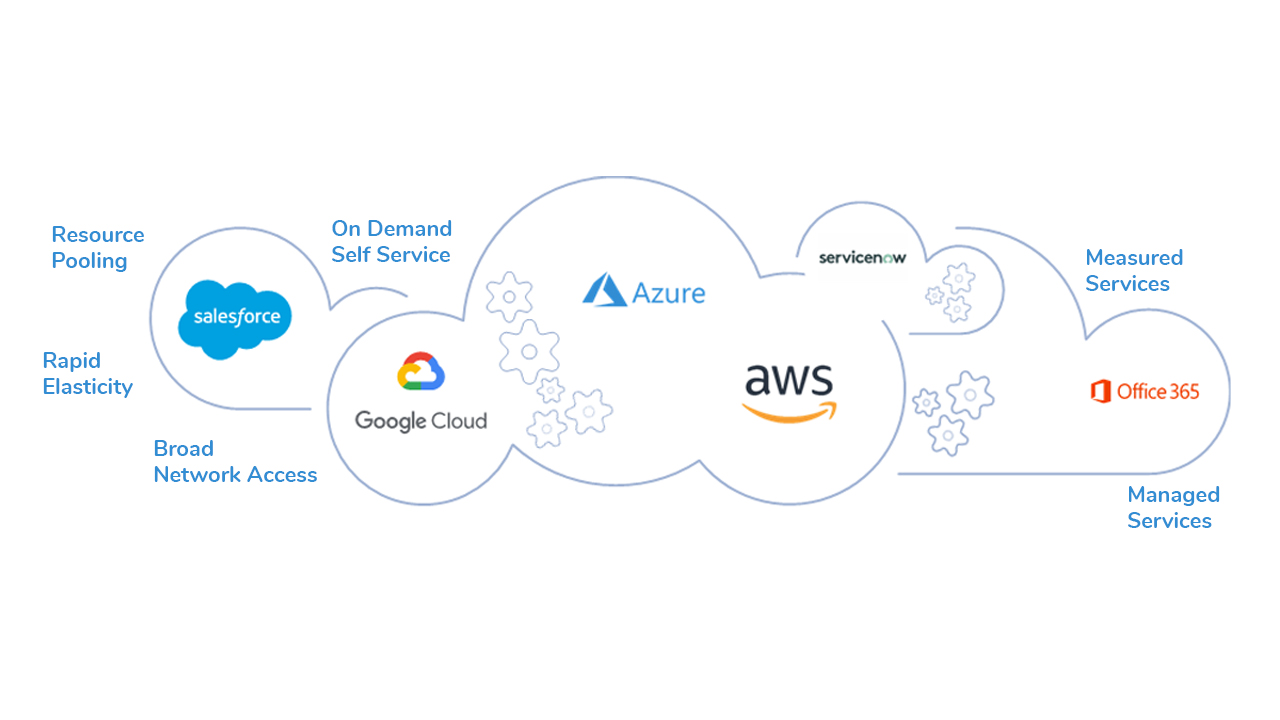Achieve Seamless Scalability With Cloud Provider
In the ever-evolving landscape of cloud solutions, achieving seamless scalability stands as a foundation for modern-day organizations seeking to stay affordable and versatile. The quest for smooth scalability with cloud services introduces a globe of opportunities for those willing to accept the transformative power of vibrant resource monitoring.
Benefits of Cloud Scalability
Cloud scalability provides companies the adaptability to dynamically adjust resources based on need, ensuring optimal performance and cost efficiency. One essential advantage is the capability to scale sources up or down swiftly in reaction to varying work. This dexterity enables companies to meet changing customer requirements without over-provisioning sources, eventually bring about cost savings. Scalability additionally improves efficiency by making sure that systems can manage increased traffic or work without experiencing downtime or downturns. By efficiently designating resources, organizations can maintain high degrees of efficiency during peak times without unnecessary expenses throughout quieter durations. In addition, cloud scalability advertises development and trial and error by allowing businesses to quickly evaluate new concepts and scale them as required. This flexibility encourages a society of continual renovation and adaptation, allowing companies to remain affordable in a rapidly progressing market landscape. Eventually, the benefits of cloud scalability prolong past price financial savings to include enhanced performance, agility, and development.
Secret Attributes for Scaling
Efficient scaling in cloud solutions depends on crucial features that allow companies to adjust sources dynamically based on demand. Another essential attribute is scalability, enabling systems to deal with increased work by including resources perfectly. Overall, these crucial attributes collectively encourage organizations to achieve smooth scalability in cloud solutions.
Implementing Auto-Scaling Techniques
To efficiently optimize source allocation and adapt to differing workloads, companies need to strategically implement auto-scaling approaches in their cloud solutions framework. Auto-scaling permits systems to immediately change the number of compute sources based upon real-time need. There are numerous auto-scaling approaches that organizations can employ, such as anticipating scaling, which uses historical data to anticipate future source requirements, and reactive scaling, which replies to existing workload changes.

Ideal Practices for Scalability
For organizations intending to improve their scalability in cloud services, carrying out ideal techniques is vital for optimal efficiency and source monitoring. One trick best method is making applications with a microservices style. This method breaks down applications into smaller sized, independent services that can be released, updated, and scaled separately, enabling higher adaptability and scalability.
An additional vital practice is making use of containerization technology, such as Docker or Kubernetes. Containers enable the product packaging of applications and their dependencies into isolated a fantastic read systems, making it less complicated to scale components independently and deploy them continually throughout different settings.
Furthermore, applying automated release and facilities as code (IaC) can streamline scalability initiatives (linkdaddy cloud services). Automation tools like Terraform or Ansible assistance in provisioning and handling sources efficiently, reducing hand-operated mistakes and enabling rapid scalability
Moreover, keeping track of performance metrics, establishing alerts, and performing routine capability preparation are vital practices to make certain proactive scalability administration. By adhering to these finest methods, companies can accomplish seamless scalability in their cloud solutions while enhancing efficiency and source utilization.
Tracking Efficiency Metrics
When examining the efficiency of cloud services scalability, closely keeping an eye on efficiency metrics is important for ensuring optimum performance and resource allowance. By continuously tracking crucial efficiency signs (KPIs) such as action times, latency, throughput, and source application, organizations can acquire beneficial insights right into the health and wellness and effectiveness of their cloud framework. Keeping an eye on efficiency metrics enables for the early discovery of potential bottlenecks or problems that can influence scalability, allowing proactive steps to be taken to resolve them before they intensify.

Final Thought
In verdict, accomplishing seamless scalability with cloud services is important for organizations to maximize efficiency, improve advancement, and maintain high efficiency levels throughout peak times. By leveraging the advantages of cloud scalability, carrying out auto-scaling techniques, using crucial functions such as elasticity and automation, and following finest methods like application style and performance tracking, businesses can successfully scale their systems while making the most of resource application and efficiency.
The pursuit for seamless scalability with cloud solutions reveals a globe of possibilities for those ready to embrace the transformative power of dynamic resource monitoring.
Cloud scalability uses companies the versatility to informative post dynamically change sources based on demand, ensuring optimal performance and cost effectiveness. One more essential attribute is scalability, making it possible for systems to manage increased work by adding sources flawlessly.For companies aiming to enhance their scalability in cloud solutions, executing best practices is crucial for optimum efficiency and resource management.When assessing the performance of cloud solutions scalability, closely checking performance metrics is vital for ensuring ideal capability and source allocation.